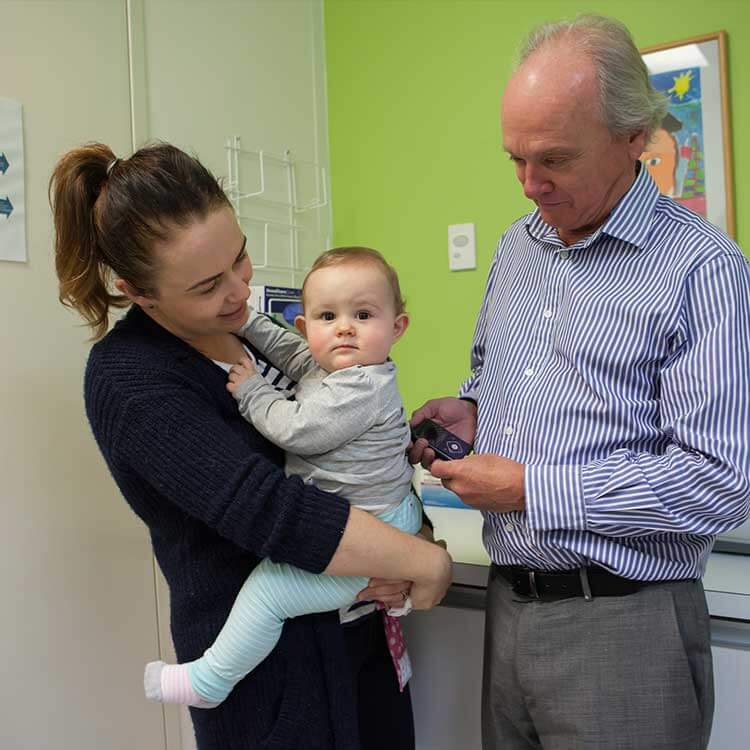Search
Research
Home-based vs inpatient education for children newly diagnosed with type 1 diabetesWith adequate support, children newly diagnosed with Type 1 Diabetes can be safely managed at home following practical skills training
Research
A 10-second sprint does not blunt hormonal counter-regulation to subsequent hypoglycaemiaA 10-second sprint is unlikely to blunt the subsequent hormonal counter-regulation to hypoglycaemia in individuals with Type 1 diabetes
Research
Incidence of and risk factors for hospitalisations due to vascular complications: A population-based type 1 diabetes cohort (n=1316) followed into early adulthoodDetermining the incidence of hospitalisations and risk factors for vascular complications experienced during early adulthood in patients with childhood T1D
Research
Exploration of the Performance of a Hybrid Closed Loop Insulin Delivery Algorithm That Includes Insulin Delivery Limits Designed to Protect Against HypoglycemiaThe algorithm that was tested against moderate exercise and an overreading glucose sensor performed well in terms of hypoglycemia avoidance
Research
The effect of oral insulin on subcutaneous insulin requirements and glycaemia in T1DMLiz Tim Davis Jones MBBS FRACP PhD MBBS DCH FRACP MD Co-director of Children’s Diabetes Centre Co-head, Diabetes and Obesity Research Co-director of


News & Events
What life is like living with type 1 diabetesEvery decision a child with type 1 diabetes makes can impact on their blood glucose levels.
News & Events
Environmental factors could trigger rise in type 1 diabetesNew research from Perth's Telethon Institute for Child Health Research has revealed an unexpected pattern in the rate and incidence of type 1 diabetes

The Children's Diabetes Centre's research into Type 1 diabetes, childhood onset Type 2 diabetes and obesity aims to improve the lives of children and adolescents affected by these conditions.
Research
Exercising Safely with Type 1 Diabetes – Development of Clinical GuidelinesOur research focuses on what are the best ways for patients with Type 1 Diabetes to exercise safely. We aim to develop clinical guidelines that provide improved advice for patients and educate patients on how to prevent hypos during and after exercise.
